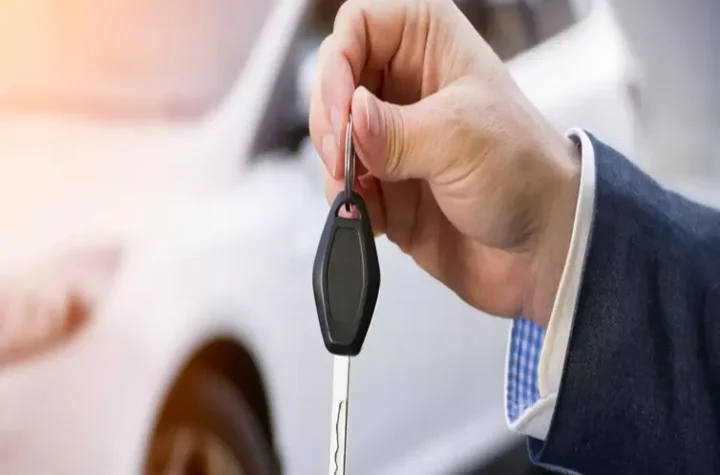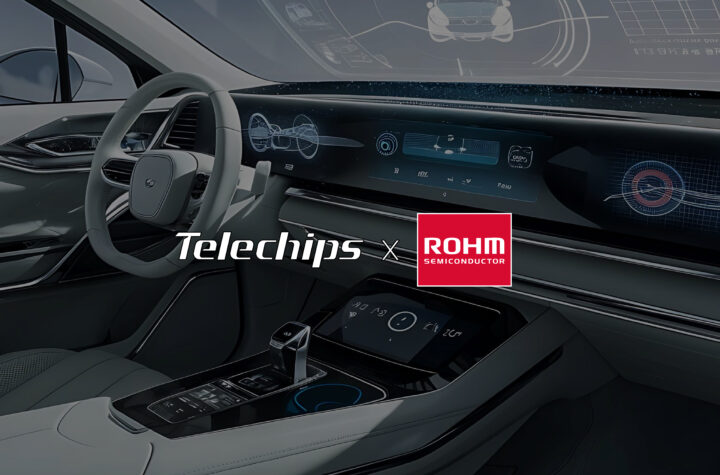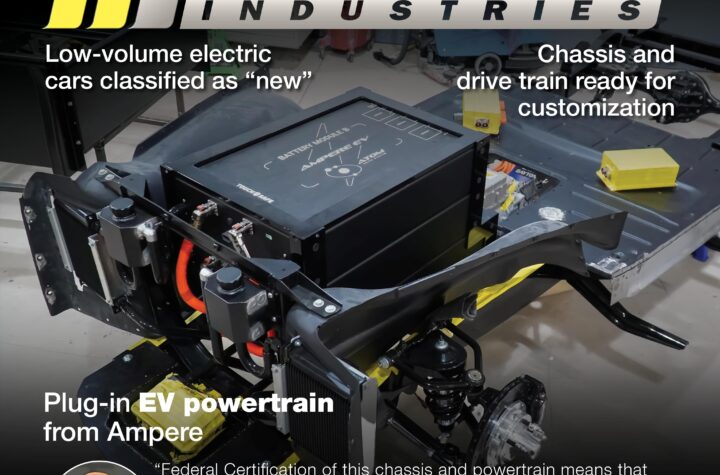
Innovation and intensified research and development are pushing the boundaries of efficiency and energy saving in the automotive industry.
One of the new generation of automotive innovators is Evonik Industries, a creative industrial group from Germany that operates in three business areas: Chemicals, Energy and Real Estate. Evonik is a global leader in specialty chemicals, an expert in power generation from hard coal and renewable energies, and one of the largest private residential real estate companies in Germany. The company is active in over 100 countries around the world. In fiscal year 2007, about 43,000 employees generated sales of about €14.4 billion and an operating profit (EBIT) of more than €1.3 billion (preliminary figures). And it is applying lessons learned in these industries to its growing automotive base.
In September 2006, Evonik Industries AG acquired Degussa, which went on to become the chemicals business unit of the new Evonik Industries. Named Evonik Degussa, it is a wholly owned subsidiary of Evonik Industries, a multinational corporation consistently aligned to high-margin, specialty chemicals.
Evonik’s takeover of Degussa was a strategic move, as the latter is a global leader in specialty chemicals. “Our strategy is to occupy leading market positions in all our businesses, which we have already achieved in 80% of our activities. Based on this solid foundation, our further development focuses on ambitious growth and profitability targets,” says Patrik Wohlhauser, member of the Management Board of Evonik Degussa.
One of Evonik’s main markets is the automotive market. The company supplies solutions for fuel savings, emission reduction, lightweight construction, surface technologies and lighting technologies. Evonik has earmarked around €4 billion to expand production facilities in 2008-2010. For example, the company is building a €250 million facility in China that will produce methyl methacrylate and polymethylmethacrylate. The target markets for these chemicals are the automotive, paint, adhesives, and optoelectronics markets.
“With a strong commitment to research and development, we are creating a base for profitable growth. About 2,300 employees at more than 35 research locations worldwide are engaged in R&D. Currently, we are collaborating with more than 200 academic institutions for swiftly transferring scientific knowledge into the company. Some 20% of our sales revenue is based on products, applications and processes that are younger than five years. The Nanotronics Science-to-Business Center (which develops nanomaterials-based system solutions for the electronics industry) and a new Bio Science-to-Business Center (for white biotechnology) are the latest flagships of our research operations,” says Wohlhauser.
Evonik develops innovative technologies—especially for the automotive industry. An example is energy storage systems: The company’s ceramic separator SEPARION prevents the anode and cathode from internal short circuits and was tailored especially for large lithium ion batteries in automotive applications. The improved ability to withstand punishment and the extended working life of the battery are a result of the ceramic property of the innovative material, which remains stable even at high temperatures. Thus, SEPARION makes it possible to manufacture large lithium ion batteries for powertrain applications in future hybrid and fully electric cars. It is reported that hybrid cars, with their combination of internal combustion engine and electric motor, lead to fuel savings of up to 30% and reduce CO2 emissions accordingly. “Automotive manufacturers are looking for light, powerful, and safe energy storage devices for environmentally compatible hybrid and electric drives. With its SEPARION ceramic separator, Evonik is making a vital contribution toward environmentally friendly and more energy-efficient motorized traffic,” says Wohlhauser. Evonik creates rubber additives that make it possible for tire manufactures to design tires with a significantly lower rolling resistance. The silanes Si 69 and its newly developed successor, Si 363, cut rolling resistance in tires by up to 40% compared to conventional tires without the Evonik technology. The company says that this reduces fuel consumption by up to 8% and therefore CO2 emissions by approximately 17 g/km.
Automotive Industries (AI) spoke to Wohlhauser, and asked him to tell us a little about the solutions his company offers car makers and automotive suppliers worldwide.
Wohlhauser: We provide innovations in fuel savings through lightweight construction which results in better efficiency, and significantly reduced curb weight. We also focus on tires and powertrains. The solutions therefore include tires, lubricants, batteries, and sandwich composite body parts.
AI: What is Evonik’s market share in the automotive market and why is the sector so important to your company?
Wohlhauser: Evonik acts as a Tier 2 chemical supplier, with around €1.5 billion in sales in 2007 for the automotive market segment, and enjoys a double-digit growth rate. You see, we are growing significantly above industry average.
AI: Please tell us a little about your automotive applications such as coatings, powertrain and body parts.
Wohlhauser: We develop and supply a huge variety of raw materials and additives to make exterior and interior coatings more durable and attractive. Just think about soft-feel interior coatings. They make interior surfaces more luxurious. If you look at the engine compartment, you will find a lot of plastic parts that have to endure heat, fuel, lubricants, and vibrations. The materials and processes developed by our experts make it possible to replace corroding and heavier metal parts. Interesting too are material concepts developed for ultra-light sandwich composite structures and polymer glazing, which help significantly reduce curb weight and thus improve fuel economy.
AI: How popular do you think lithium-ion batteries will become to the auto sector, and how do you hope to cash in on this popularity?
Wohlhauser: OEMs developing HEV and EV powertrains have independently evaluated available battery technologies and have concluded that Li-ion high-power and high-energy cells represent the future technology of choice. Driving technology features are weight per energy stored, packaging, and available performance. A further common OEM statement is the desire to have an independent and Europe-based cell and battery supplier. These factors will generate a strong and fast developing market for automotive Li-ion battery technology, and the goal of our investment is to become one of the major players.
Li-ion batteries are the key technology that will make hybrid and fully electric powertrains successful, as they are lighter and their power capacity is much higher. These benefits are needed, not to mention a favorable price/kWh ratio for this innovative electric energy storage
AI: What are some of the advanced materials, coatings, and performance chemicals made by Evonik?
Wohlhauser: In the automotive segment, Evonik is working on electrodes, separators, and additives for Li-ion technology. As for lightweight construction, the company offers hot-cured duroplastic sandwich composites, special materials, solutions for mechanical improved hybrid parts, process agents for aluminum foams, and laminated polymer glazing. Inorganic material combinations result in optimized rubber for tires with less rolling resistance.















More Stories
ROHM’s PMICs for SoCs Adopted in Reference Designs for Telechips’ Next-Generation Cockpits
Southfield Classics utilizes Ampere EV engineering to become the first manufacturer to achieve Low Volume Vehicle Manufacturer Certification
Mosaic Click board from MIKROE delivers global coverage multi-band and multi-constellation tracking ability